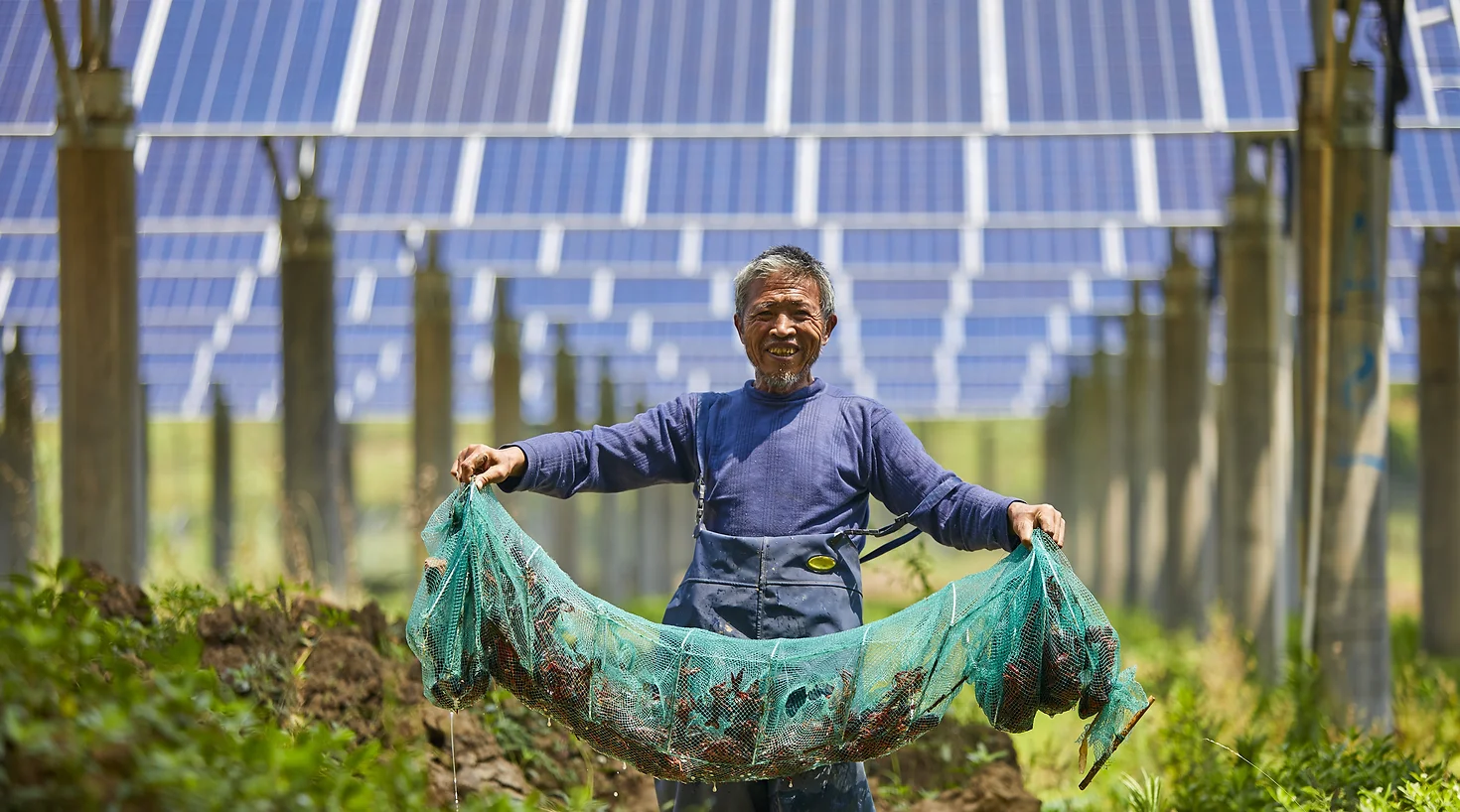In 2021, energy transition in Indonesia has gained traction, with the pledge to reach net zero emission by 2060 or sooner signalling the starting point. The target is set 10 years earlier than previously set 2070 target in the first release of Long Term Strategy for Low Carbon and Climate Resilience (LTS-LCCR), stating accelerating the emission reduction in energy sector as one of the reasons.
The energy transition short-term milestone is clear, achieving the 23% primary energy mix from new and renewable energy by 2025 that is set by Government Regulation 79/2014 in the National Energy Policy (KEN). However, the latest draft of updated National Energy Policy (RPP KEN) intends to lower the 2025 target to 17-19%, quoting the low new and renewable energy mix achievement in 2023 and still-growing fossil fuel energy as some of the reasons. The RPP KEN is planned to be finalized by June this year.
Even as draft, the RPP KEN has potentially set back the energy transition, instigating negative perception for the political willingness in energy transition. Phasing out fossil fuel and transforming the whole energy system is a massive and complex task, therefore requires concerted efforts from multiple level stakeholders. If the set goal could be lowered just before the deadline, what else can drive the innovation and collaboration of these diverse actors for accelerating renewable energy uptake and supporting other low carbon energy adoption?
5 critical years ahead
The new President, that will come into office next October, could put the Indonesia’s energy transition back on track. The current leading Presidential candidate, Prabowo-Gibran, with 58% ongoing majority vote, envisions Indonesia as superpower of green energy, putting emphasize on the bioenergy. All the various programs the candidate proposed would support Indonesia’s economic growth of 6-7% per year. Unfortunately, there is no clear linkage between the vision in energy and economic growth, but there should be.
For example, the Bappenas’s Low Carbon Development Indonesia (LCDI) report stated that low carbon development is the path that would enable the 6-7% economic growth between now until 2045, whilst creating 15.3 million greener and better paid jobs. With Indonesia massive domestic market, it is feasible to attract complete supply chain of renewable energy and low carbon technology industries to support the economic growth of the countries. Only recently The number of jobs created from just the renewable energy manufacturing and deployment to reach net zero could already reach 3,2 million green jobs. More green jobs would come from other low carbon sector and its industry (e.g. energy efficiency, electric vehicles, clean fuel). Nevertheless, there are no clear policy direction to prepare the workforce equipped with the necessary skills to fill this future jobs positions.
In the ASEAN region, Indonesia’s peers are also kickstarting its energy transition, and potentially attracting the relevant manufacturing industries and preparing the human capital. The advantage of the first mover is still within reach if Indonesia could start to develop its human capital as well as policy strategies to attract manufacturing industry or preparing the necessary research and development focus. With the largest population and market size in Southeast Asia, as well as 3600 GW RE potential, Indonesia has the highest benefit to reap from investing in the supply chain and human capital related to energy transition in the region. The new President should include the energy transition as part of the economic development strategy and ensure that the transition of fossil fuel and renewable energy could benefit the greater public. Indonesia must own its energy transition.

